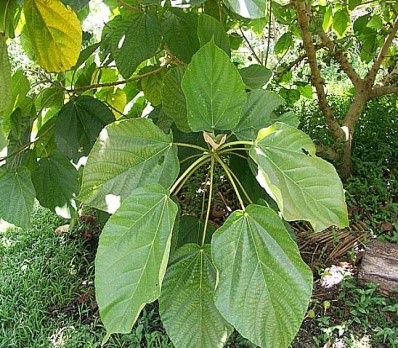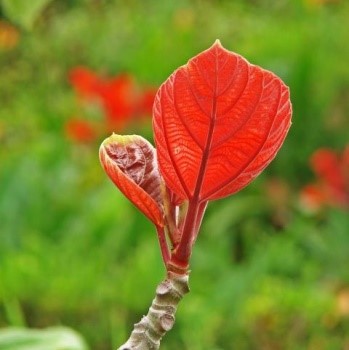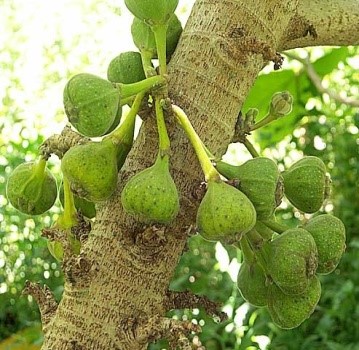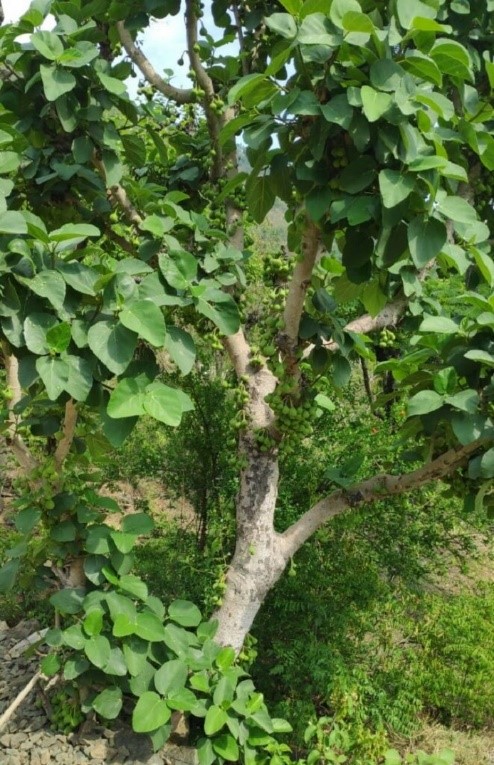Trees
Ficus roxburghii
Ficus roxburghii
Description :
This plant is evergreen and perennial
shrub or a small tree that grows up to 5 to 10 m long vertically with numerous
branches, the trunk is brown in colour. The leaves are very large, round and
ovate and are of about 30 to 40 cm long
and 40 to 45 cm wide. Its petioles are about 14 cm long and stipules are about
2 to 3 cm long. Male and female flowers are produced as separate individuals.
They start off being red then turn to green. Fruits are in the shape pear and
reddish brown when fully ripen. Fruits appear on thin branches emerging from
the trunk or from the roots. Fruits are very much liked for the jelly like
structure contained in them.
Distribution :
Native to Asia, it is cultivated from the
Himalayas to southern China, Pakistan, Hainan, India, Malay Peninsula and
Brazil. Its native habitat is terrestrial (Riverine), and its preferable
climate is sub-tropical. It flourishes very well in rich organic and moist
soils and this plant is very sensitive to dry winds.
Uses :
The plant has both edible and medicinal
uses. The fruits can be eaten as raw and also can be used to make jams, juices,
and curries. In some areas, unripe fruits are used as salads. Leaves are used
as fodder for ruminants. The latex from
the stems when applied to cuts and wounds it heals them. The roasted fruit is
used in the treatment of dysentery and diarrhoea. The plant can also be used in
the field of agroforestry; the planted tree can be used to stop soil erosion.
(Kuaraksa et al.,
2012; Jansen et al., 1991)



